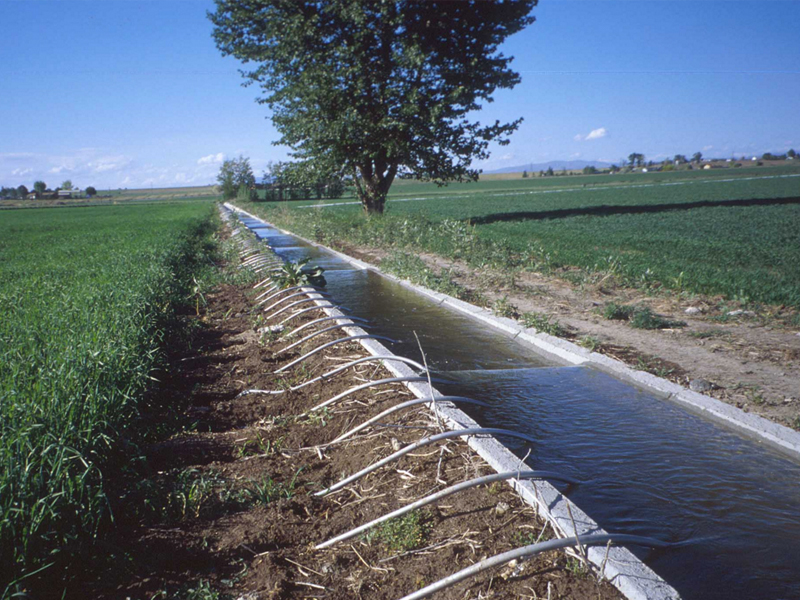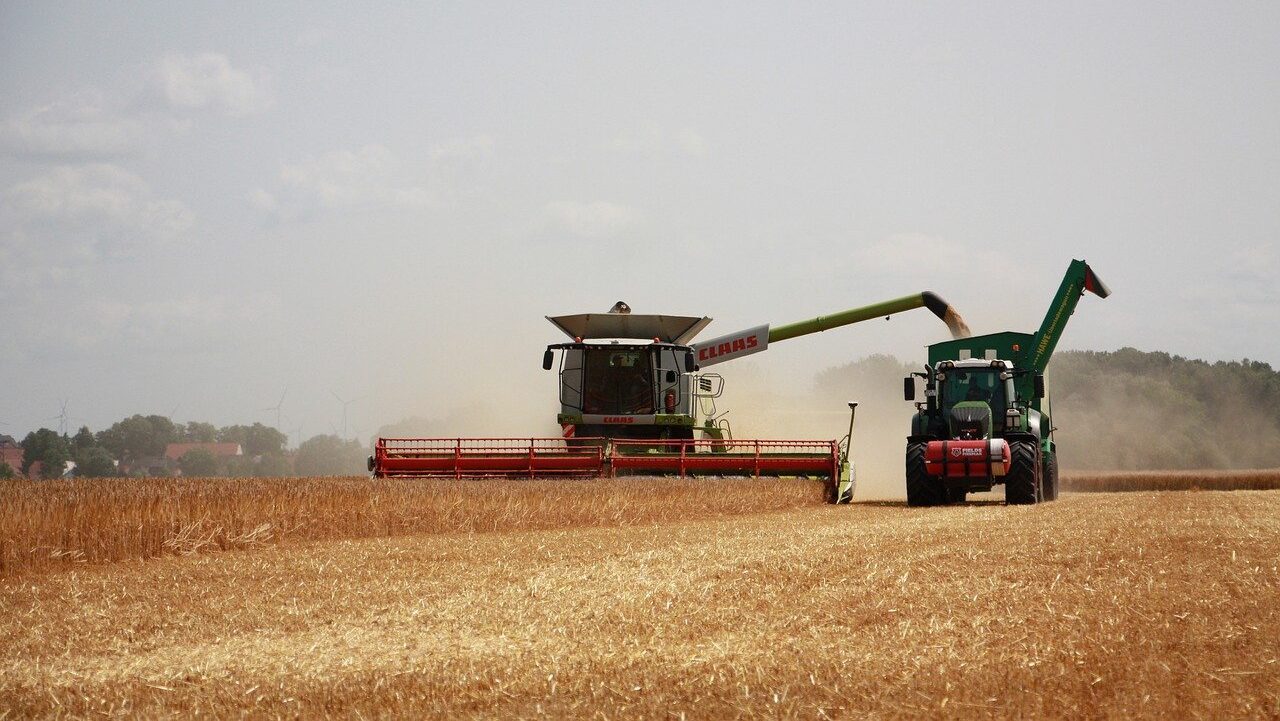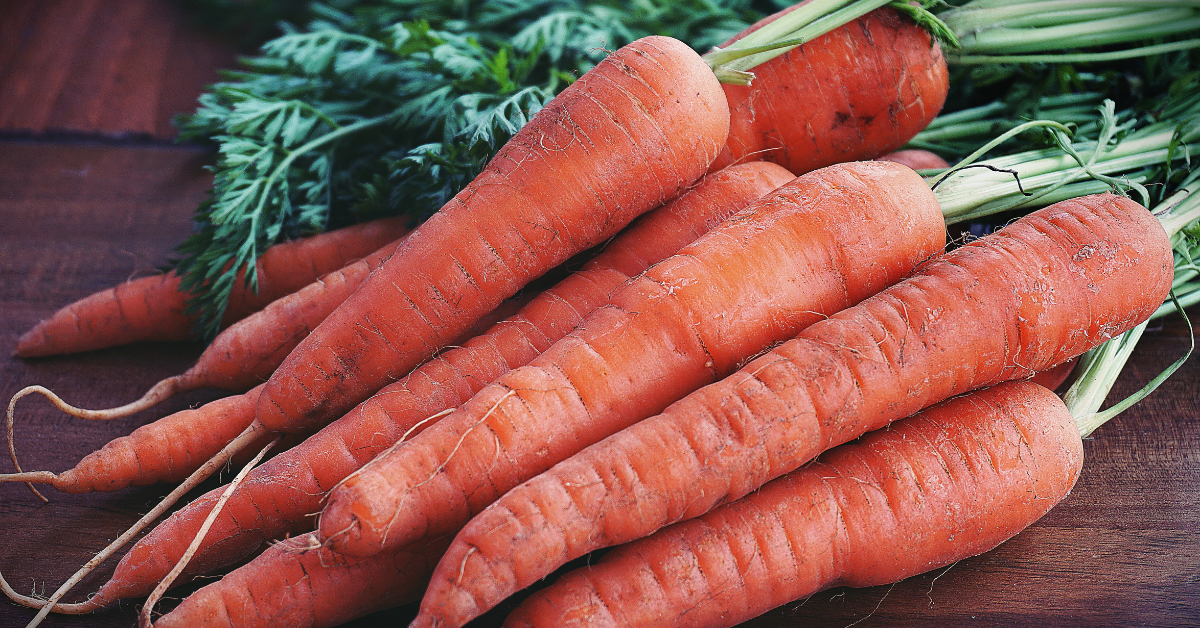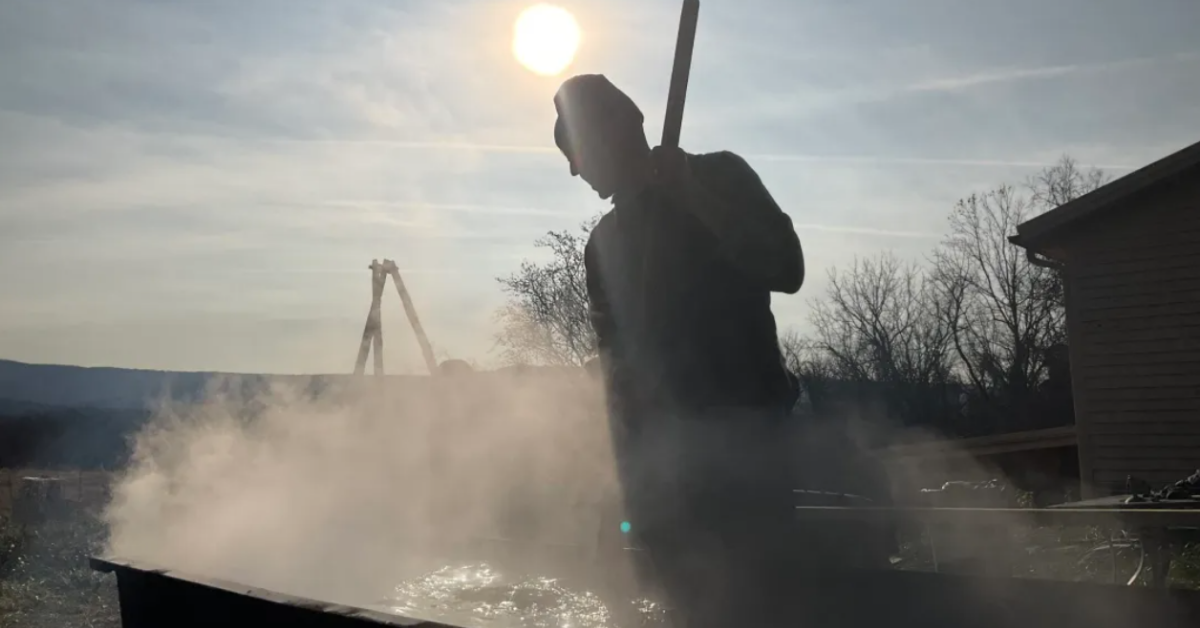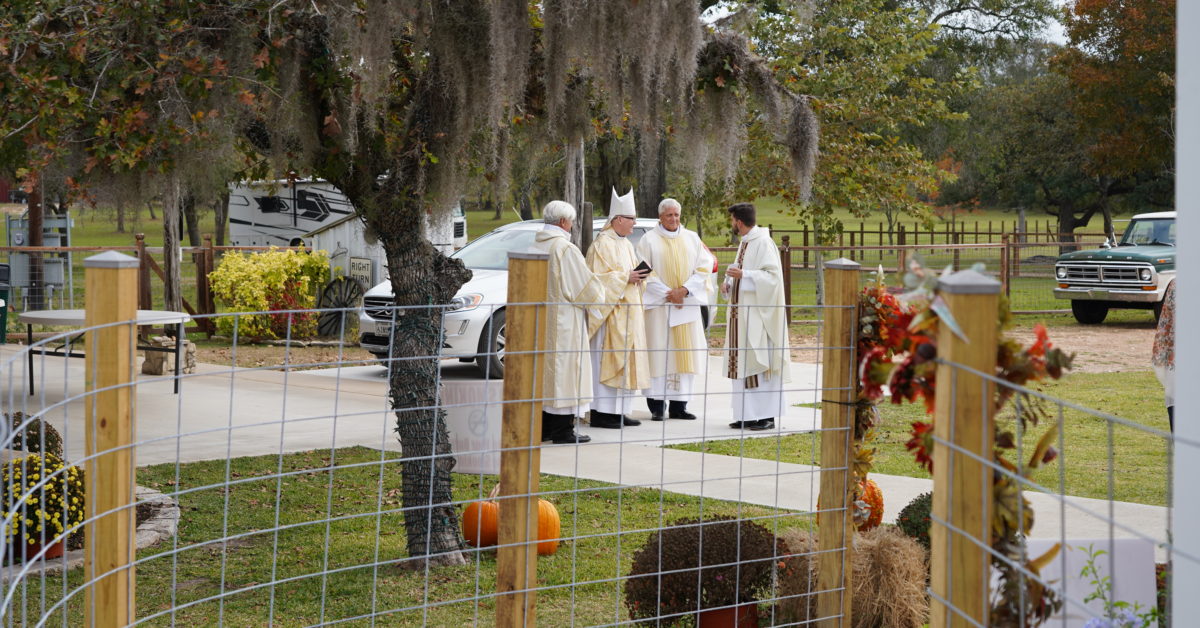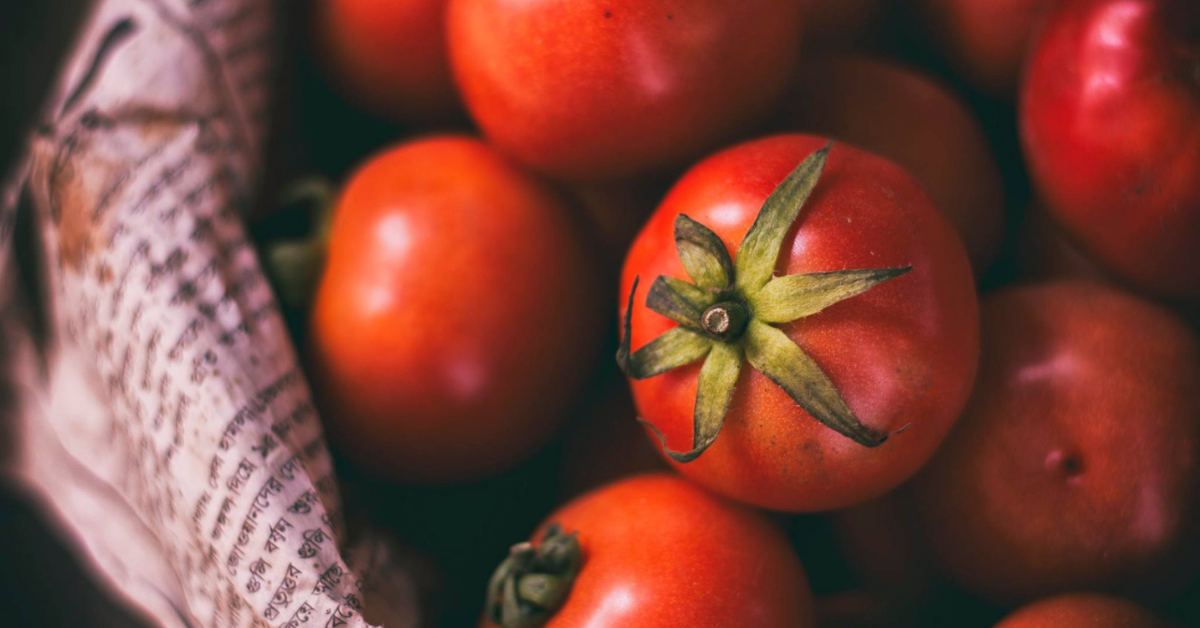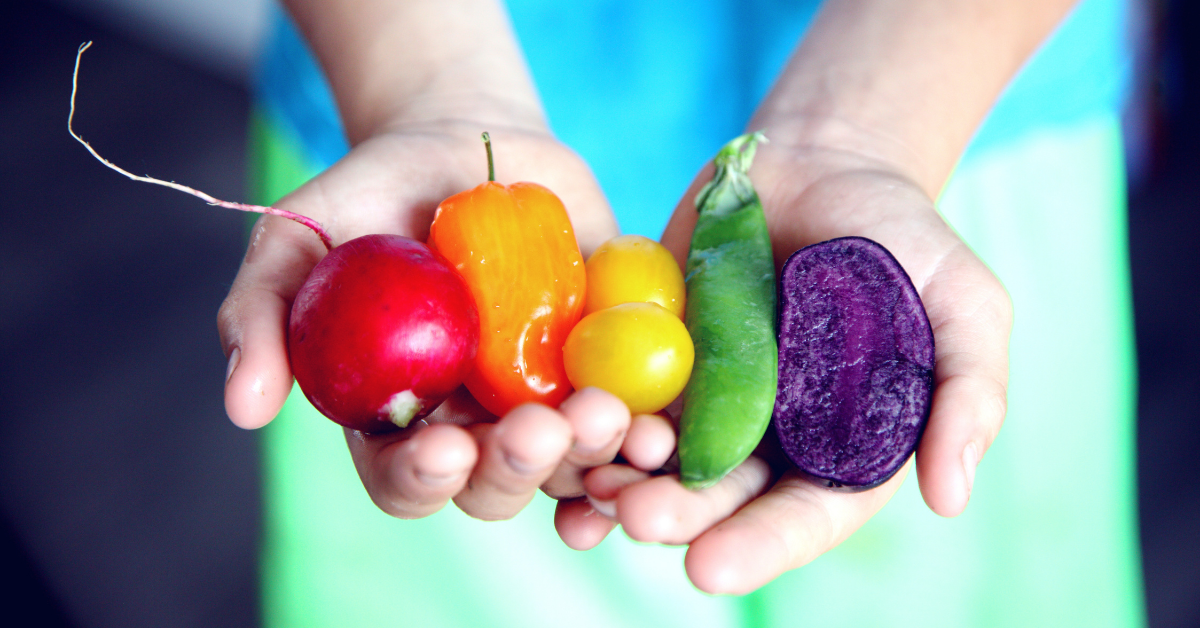Lessons from the Situation in Iowa
The purity of water can only be as good as the integrity of the watershed — the land from which it flows. Today, more than two-thirds of the land in Iowa is covered in row crops, mainly corn and soybeans. The runoff from this farmland rushes into rivers and streams, carrying with it topsoil and agricultural chemicals. The silt clouds the water, chokes fish and other aquatic life, and reduces sunlight that reaches algae and submerged plants.
Furthermore, research studies have calculated that Iowa may contribute nearly 25 percent of the nitrates that the Mississippi River delivers to the Gulf of Mexico more than 1000 miles away.
Research by the Iowa Policy Project indicates that Iowa’s agriculture is one of the causes of nutrient pollution in Iowa’s rivers and streams. When it comes to nitrogen and phosphorus runoff, 98 percent originates in corn and soybean fields compared to just two percent from residential lawns and golf courses. According to the Iowa Department of Natural Resources, the state had 542 lakes, segments of rivers and streams and wetlands on the list of impaired water bodies as of 2010.
We sometimes hear that the chemical runoff, not to mention soil loss, is no big deal: this is just the price of modern farming. We also hear that this would be costly to remediate, plus reduce agricultural output at a time when more and more food needs to grown.
Here at Catholic Rural Life (CRL), we also hear from passionate and devoted stewards of the land. One such person is Matthew McAndrew from Coralville, Iowa, who wanted to share his concerns about water quality in his home state. More than that, he had some practical solutions to help resolve the problem of polluted waterways caused by agricultural production. McAndrew describes himself as a “hands-on” science educator and water conservationist; he is active as an IOWATER water monitor and shares his expertise with Iowa City community schools.
We appreciate his time and effort in explaining a few things about water quality and what farmers and landowners can do. Here are a few questions from us followed by Matthew McAndrew’s response.
CRL: Before we get into the current situation, how did we get to where we are now? When did agriculture and water quality begin to become a problem?
McAndrew: Well, let’s start at the very beginning. With the coming of the settlers to Iowa in the 1840s came the plow opening up the fertile, prairie soils. For more than a century, these soils were cultivated ‘in a rotation’ of alternating row crops with small grain and hay to reduce pest infestation and to build the soils for future use. Animal manure was the major amenity to enhance the fertility of the soils up until the 1950s .
Prior to the mid-20th century, then, the farm ecosystem did not contain excess nutrients and agricultural pesticides. The use of fossil fuels and chemical processes to produce nitrogen supplements and pesticides from the 1950s onwards is the advent of our current problems. Yet even today farms have only one mandate to regulate their use of chemicals, and that is the use of manure which must be reported to the Department of Natural Resources. There are no regulations on chemicals, which are heavily used in Iowa.
CRL: Tell us more about these changes – now conventional practices – in agriculture.
McAndrew: Machinery on the farm also evolved to serve the farmers’ needs. Larger implements reduce the amount of man-hours in the field, but they also compact the soil. Coming back to agricultural chemicals, these do reduce the stress on plants from fungus, mold and other pests. But these fertilizers, herbicides and insecticides, if not degraded, are found in streambed sediment and in the atmosphere above crop fields. With the increased levels of chemicals found in the environment, agriculture must develop a land ethic to preserve the environment above and below ground level and in our surface waters. Agriculture must consider the consequences if action is not taken to reduce soil erosion.
Today, agricultural practices in Iowa include row crop farming with a predominate corn–bean rotation as well as pasture and others. Nitrogen is fixed in the soil by bacteria in root nodules of beans, a legume. Nitrogen in the soil is absorbed by corn to produce a robust crop. In Iowa this year, the average yield for corn production was 170 bushels per acre as reported by the USDA. Conversely, studies of continuous cropping corn can reduce the organic matter in the soil and increase the expense of fertilizer, herbicides and pesticides.
CRL: What about the development of conservation policies programs? Don’t these seek to mitigate the problems caused by modern methods?
McAndrew: Since 1986, farmers have utilized the Conservation Reserve Program (CRP). Land converted to permanent grass cover stores large amounts of carbon through carbon sequestration. This same carbon is reduced if the land is converted back to row crop. With the increase in value of farmland, more and more land is predicted to be taken out of the Conservation Reserve Program in Iowa. With this change, there will be fewer deep rooted, native grasses available to reduce soil erosion, filter surface water, store carbon and provide habitat for wildlife.
CRL: So it sounds like the public needs to better understand CRP and make sure we don’t let this fall by the wayside. What are some of the important features of CRP?
McAndrew: One of the major conservation practices promoted under the Conservation Reserve Program is vegetative filter strips. Vegetative filter strips trap sediment, and enhance filtration of nutrients and pesticides by slowing down runoff that could enter the local surface waters. The root systems of the planted vegetation in these buffers hold soil particles together which alleviates wind erosion and stabilizes the stream banks providing protection against substantial erosion and landslides. Farmers can also use vegetative filter strips to square up existing crop fields to provide a field shape designed for equipment and increase efficiency.
Vegetative filter strips can have several different configurations of vegetation varying from simply grass to combinations of grass, trees, and shrubs. Areas with diverse vegetation provide greater reduction in nutrient and pesticide flow and at the same time provide greater biodiversity amongst plants and animals. The greater the area of drainage, the wider the buffer should be.
CRL: This all sounds good. Perhaps you can inform our readers what the clear benefits are, given that it is taxpayers who fund this important federal program for ecosystem conservation.
McAndrew: If present land in CRP is maintained and other lands contracted, four benefits will be realized. (1) With a reduction in erosion, soils will stay on the land and not carried into streambeds to fill them and cause more flooding. (2) With filtering of water, nutrients and pesticides will remain in soils above the streambeds. (3) Land in permanent grass cover stores larger amounts of carbon than land in row crop or no till. (4) Wildlife will be returned a portion of the ecosystem to allow for repopulating those native species so precious to our environment.
CRL: For the farmers and landowners in our network, can you suggest actions they can take?
McAndrew: Cover crops are a great way to improve soil health. Many farmers are adding cover crops to their crop rotations so soil stays covered when the fields are not growing other crops. Cover crops also improve soil organic matter and slow water runoff.
As a landowner or farmer you can make a difference to Iowa’s environment by planting prairie grasses along waterways, streams and rivers or cover crop in the fields. A native Iowan and spokesman for conservation and environmental quality, Aldo Leopold wrote of “the land ethic” in A Sand County Almanac. Consider this quote from his book:
A thing is right when it tends to preserve the integrity, stability, and beauty of the biotic community. It is wrong when it tends otherwise.
Aldo Leopold’s “land ethic” could be fulfilled with your action to buffer our streams!
CRL: So, any additional advice you can give to farmers and landowners about CRP?
McAndrew: Farmers interested in controlling soil erosion, reducing flood potential, increasing carbon sequestration and improving water quality along rivers and streams can enroll in the USDA’s Continuous CRP Program and receive rental payments and cost-share assistance to establish vegetative filter strips and riparian tree buffers. Continuous CRP is an alternative to General CRP, but its goal is to protect the most environmentally sensitive lands, such as cropland near rivers and streams. Farmers can enroll in continuous CRP at any time. If the cropland meets the eligibility requirements, it is automatically accepted. Contact your local Farm Service Agency Office.
CRL: This is all very good. Thank you again for your valuable insights and expertise. Any final words to our members, both farmers and those concerned about our natural resources?
McAndrew: For farmers and landowners, I suggest a visit to your local NRCS office and talk to your Conservation Reserve Program county conservationist or farm bill wildlife biologist about plans for planting prairie filter strips along all perennial surface water on your land.
The bottom line for all of us living on the land is to reduce soil erosion and the nutrient loss. But the utmost goal is to restore the ecosystem that was once part of Iowa.
And here’s one more quote taken from A Sand County Almanac by Aldo Leopold:
All ethics so far evolved rest upon a single premise: That the individual is a member of a community of interdependent parts. His instincts prompt him to compete for his place in the community, but his ethics prompt him also to co-operate — perhaps in order that there may be a place to compete for.
